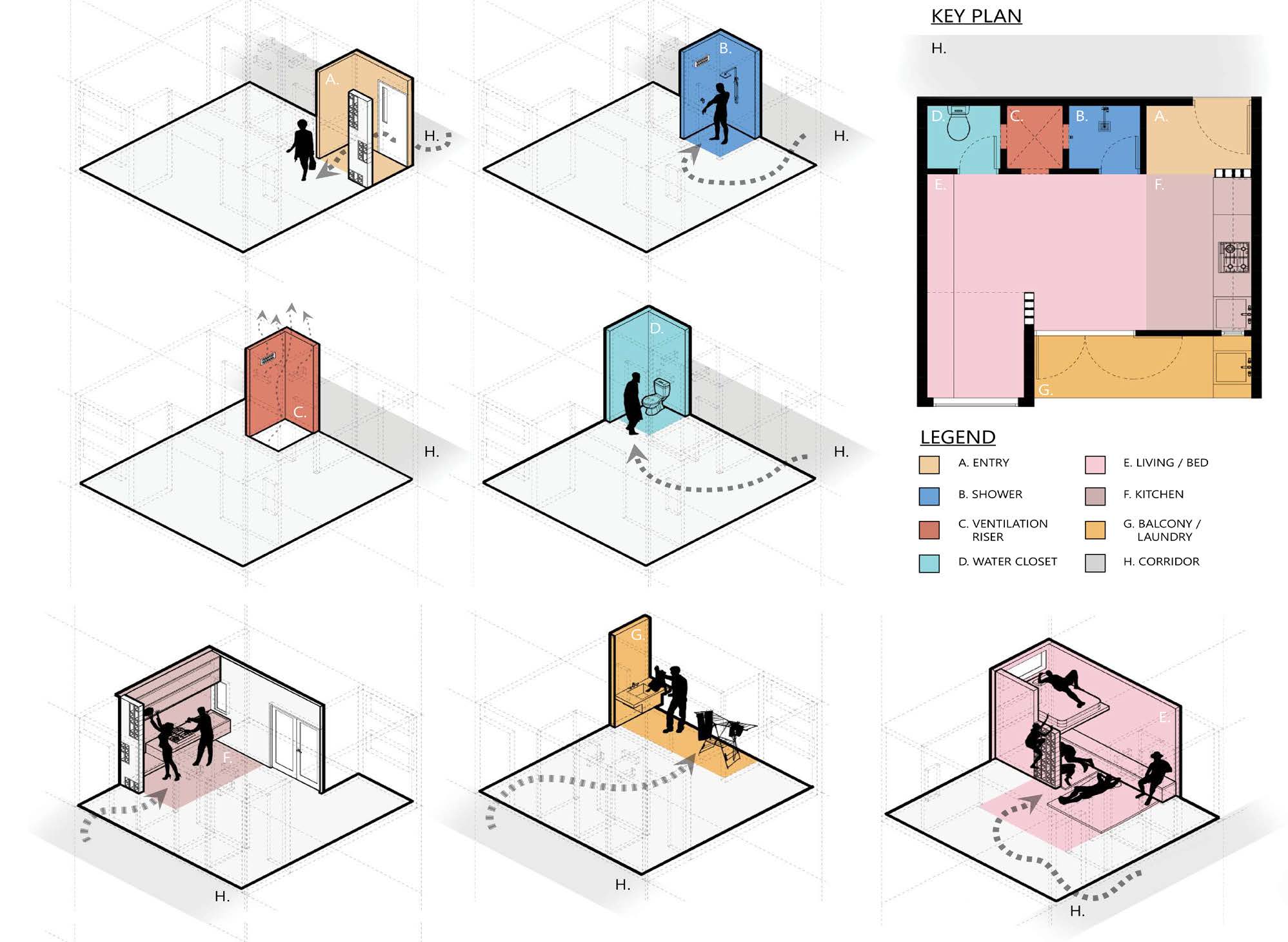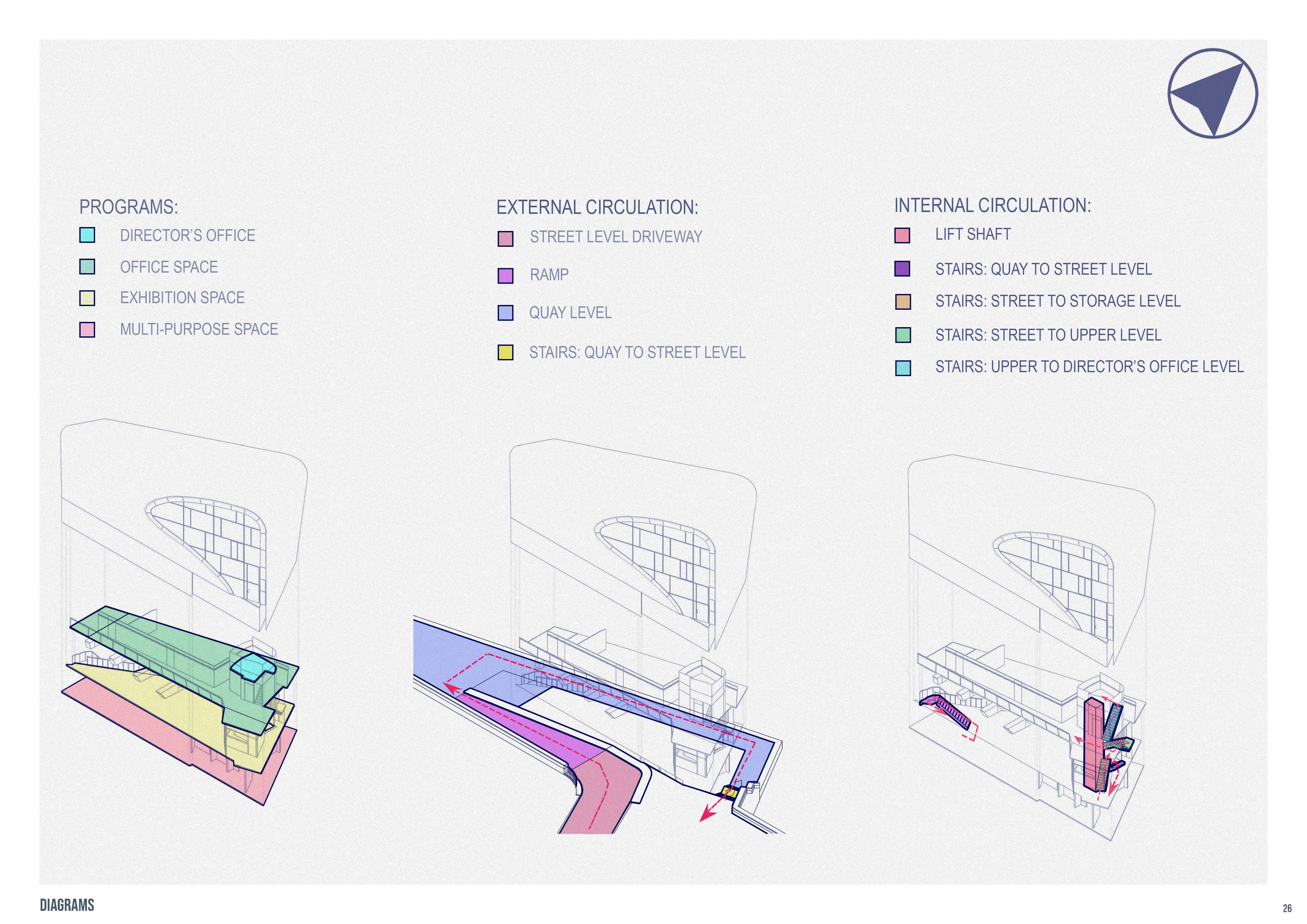This video tutorial demonstrates a generic technical workflow for creating
one possible type of
parti diagrams using Rhino, photoshop and illustrator.
What is Parti diagrams? - Digital Documentation 1 Week 10 Lecture: Architectural Diagrams - Examples on Pinterest
( Source: https://mgerwingarch.com/m-gerwing/2011/02/07/parti-diagrams-part-one )
A parti diagram is an idea sketch, an initial response to a site, a client’s program or some other conditions that begin to determine the order for designing a project. They don’t really represent what the project will look like in plan or elevation, but are a road map of the ideas of the project. Ideas of ‘threshold’, ‘tension v. repose’, ‘horizon and center’, or ‘territory and enclosure’ all can be simply diagrammed in the parti as an initial response to the problem posed by a new project.
“… a freehand sketch diagram that was at the tangent between idea and imagination…if the parti – the first critical diagram – is not made well, it will be difficult for architecture to follow. If there is no parti, there will be no architecture, only (at best) little more than the utility of construction. Buried within their early sketches is the germ of a narrative or language. The early diagrams are reflective conversations with the language of architecture.”
- Alan Phillips, Brighton, UK
( Source: http://arch100and110.blogspot.com/2012/11/parti.html )
The Oxford English Dictionary defines “parti pris” as meaning ‘a preconceived view; a bias or prejudice’. The phrase comes from French etymology: Around the late 15th century, parti meant ‘decision’ and pris, being the past participle of prendre, meant ‘to take’. Later the phrase evolved to mean prejudice, in the sense of ‘decision’ or ‘adopted position’ around 1734.
In architecture, the parti is the primary concept or organizing idea behind a design. The parti, or main idea, can be illustrated in a parti diagram. These simple drawings show relationships between the different structural elements of the idea. A parti should be drawn using as few lines as possible and should convey the architect’s idea in a straightforward way. The parti drives the architects decisions relating to the space. The final product should reflect the concepts behind the physical structure. In SMLXL, Rem Koolhaas states “Architecture must always have as its goal the whole, the complete, remaining fully aware of the fact that a total transformation lies within the sphere of the Utopian, and that only fragments of a complete idea are ever executed.” If the architect’s main idea is clear in the parti drawing, the final building should be discernable in the original drawing, even if parts of the parti have been diluted or comprimised.
Students examples:




